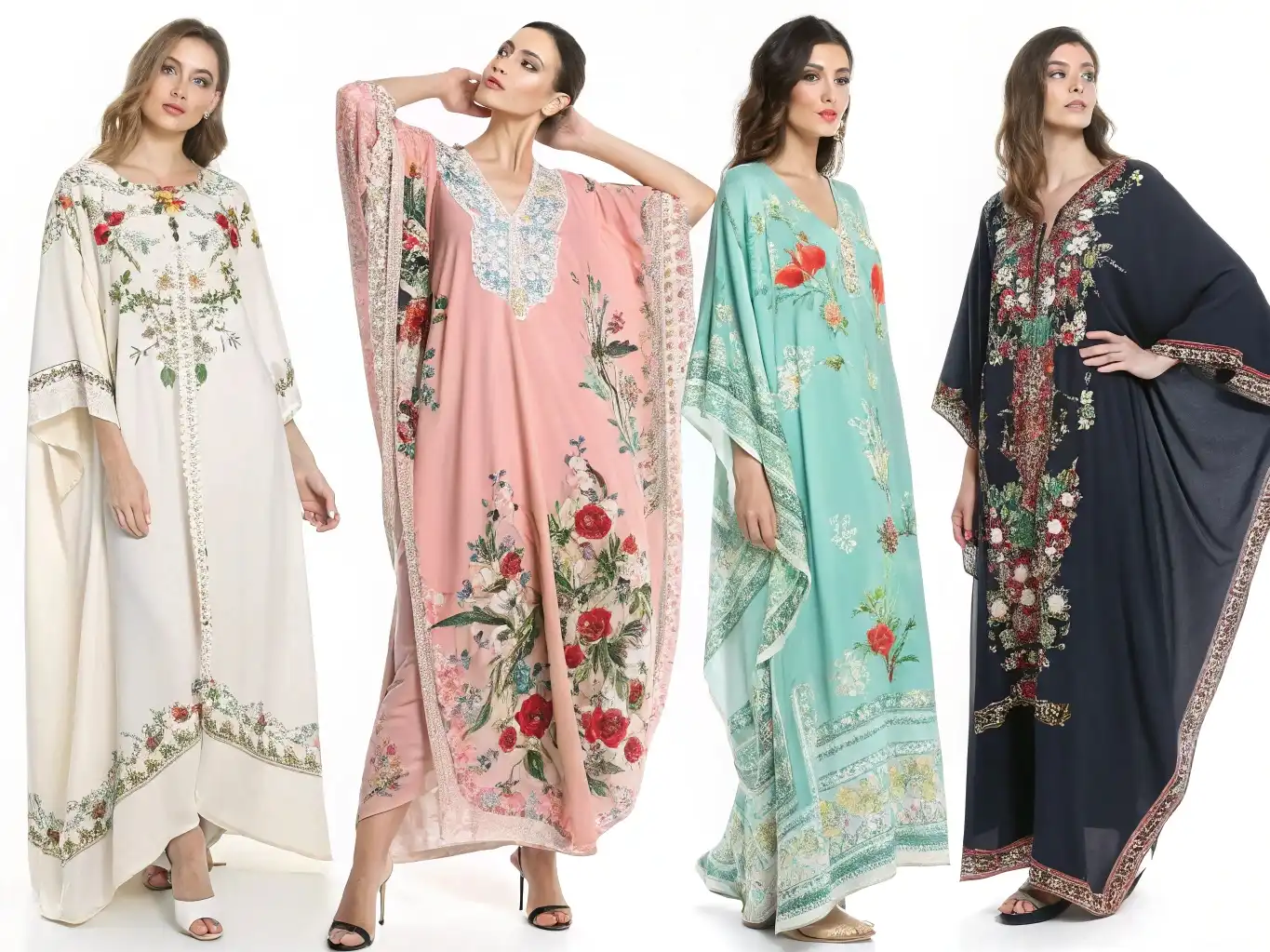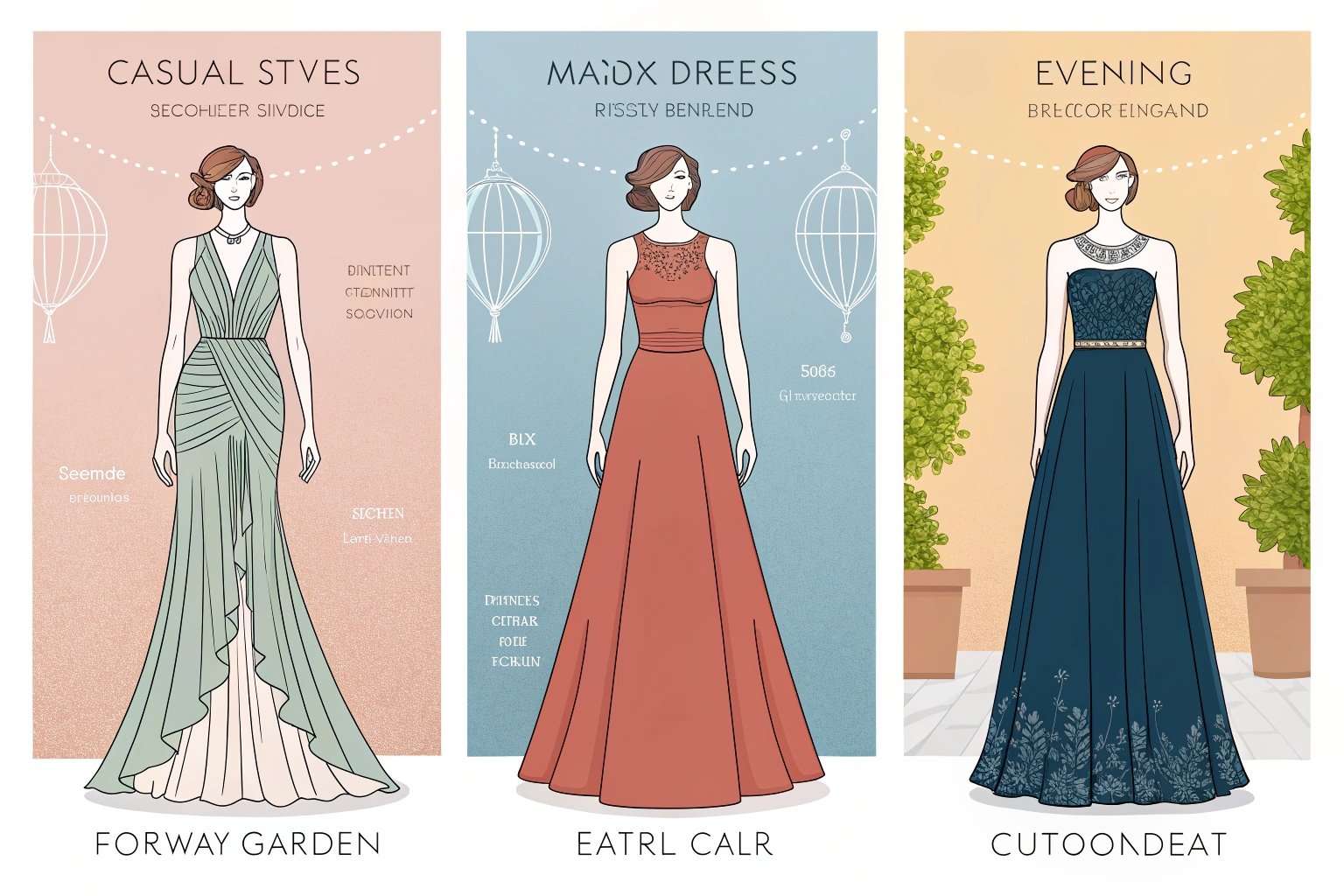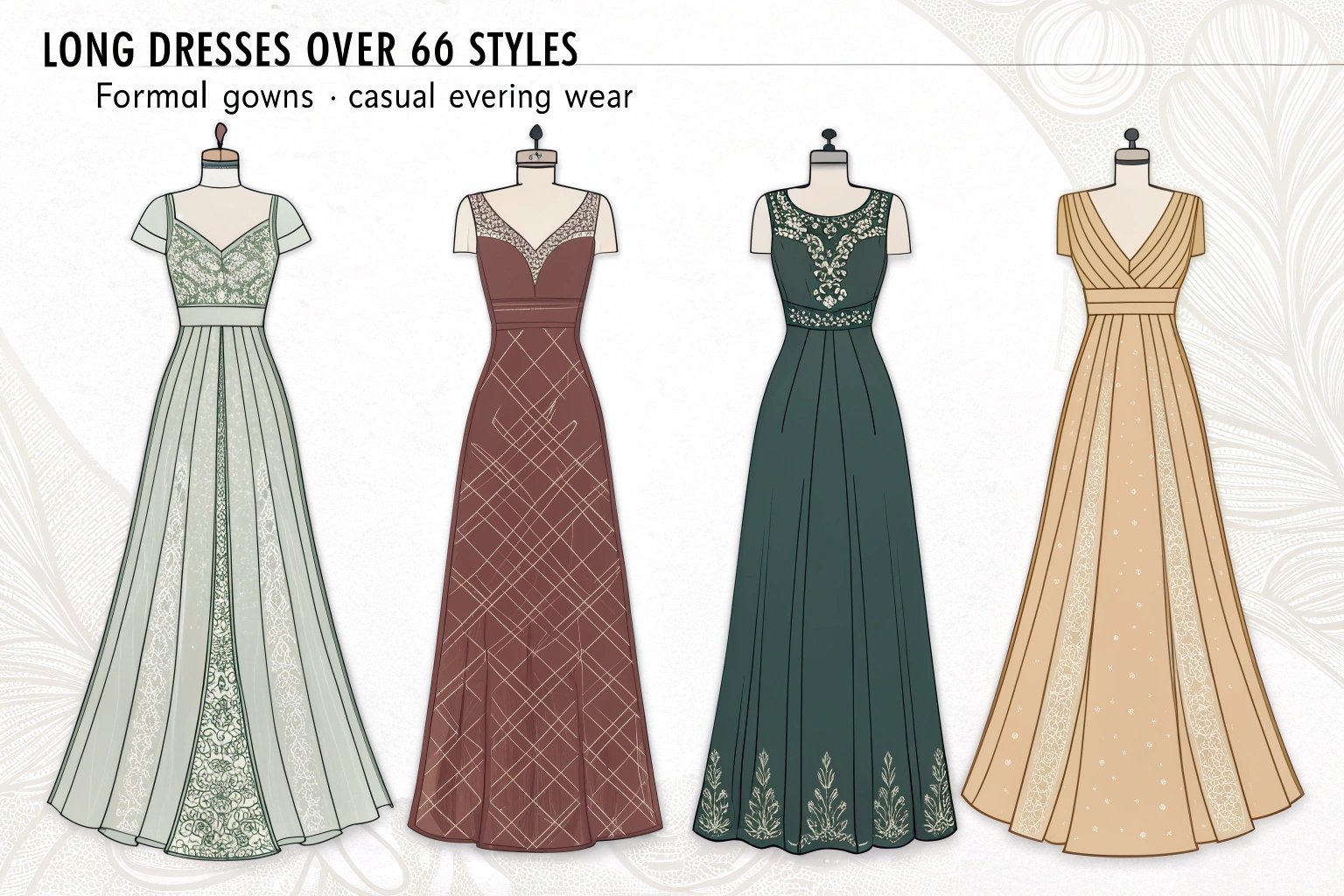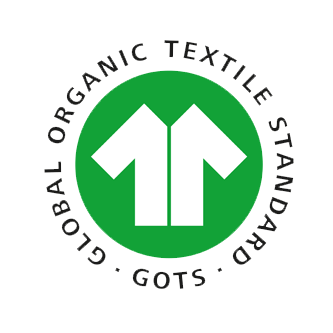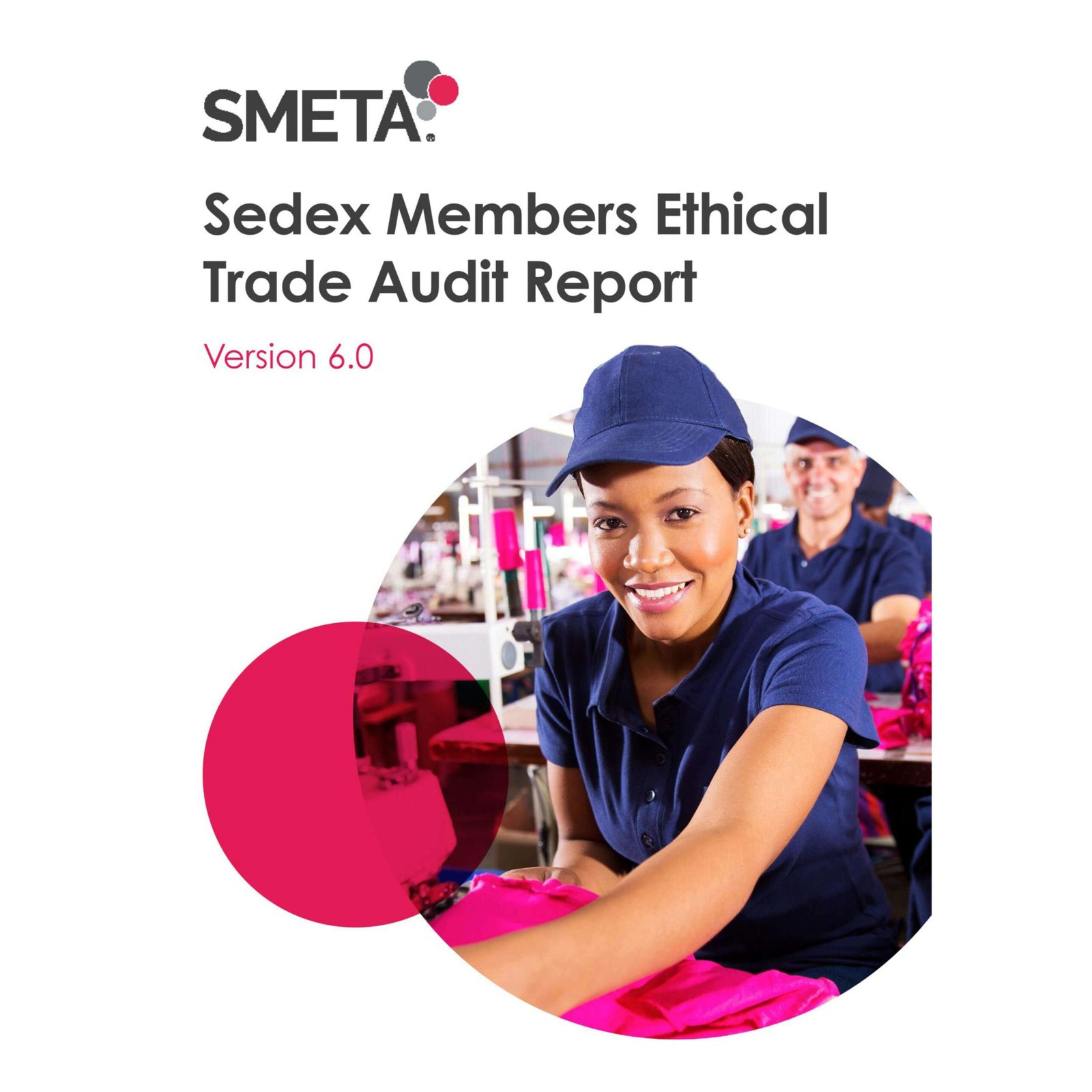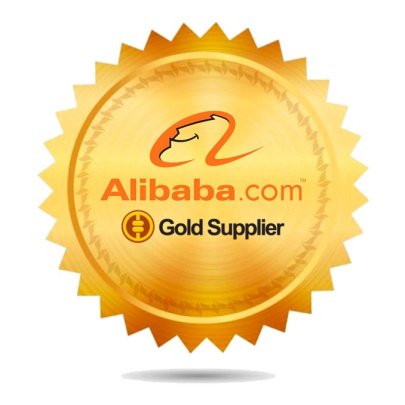Starting your own athletic clothing line can be a rewarding and profitable venture. But how do you get started, and how do you partner with the right manufacturer to make your vision a reality? In this guide, we’ll walk through the essential steps to help you launch your own athletic clothing brand successfully.
Starting an athletic clothing line involves careful planning, from defining your brand identity to selecting a reliable manufacturer. The key to success is a well-thought-out strategy, quality production, and effective marketing to ensure your brand resonates with your target market.
Launching an athletic apparel brand isn’t just about designing cool clothes. It requires a clear strategy, solid partnerships, and a deep understanding of both the industry and your audience. Let’s dive into the first crucial steps.
What Are the First Steps to Starting an Athletic Clothing Line?
Starting an athletic clothing line requires thoughtful planning and research. You’ll need to determine your brand’s purpose, target audience1, and how to differentiate yourself in a competitive market.
To launch your athletic clothing line, the first steps are defining your brand identity, researching your target market, and formulating a strategy that outlines your products and business model. This foundation will guide your path to success.
 Clothing Production Line at Adidas Factory
Clothing Production Line at Adidas Factory
How Do You Define Your Brand Identity and Target Market for Athletic Apparel?
Defining your brand identity is critical for standing out in the crowded athletic apparel market. Your brand should tell a story—what values does it represent? Is it about performance, sustainability, or fashion?
Once you have a clear identity, understanding your target market is the next step. Are you designing for professional athletes, fitness enthusiasts, or fashion-forward individuals? Knowing this will guide your design process, marketing strategy, and even your choice of materials.
| Key Factors | Considerations |
|---|---|
| Brand Identity | Performance-focused, eco-friendly, stylish, or inclusive? |
| Target Market | Athletes, fitness enthusiasts, casual wearers, etc. |
| Market Research | Analyze competitors and gaps in the market |
What Key Elements Should Be Part of Your Athletic Clothing Line Strategy?
Your strategy should focus on both short-term and long-term goals. This includes defining your unique selling proposition (USP), deciding which categories to launch (e.g., workout gear, athleisure), and determining how you’ll position your brand.
You’ll need to create a product roadmap2 that includes sourcing materials, designing prototypes, and setting up production timelines. A strong e-commerce strategy, supported by both online and offline channels, is essential for a successful launch.
How Do You Find the Right Athletic Clothing Manufacturer?
Choosing the right manufacturer is one of the most crucial steps when launching an athletic clothing line. It’s vital to find a manufacturer who can produce high-quality products on time and within your budget.
To find the right athletic clothing manufacturer, consider factors like experience, production capacity3, and quality control standards. Research manufacturers who align with your brand’s values and goals.
What Should You Look for When Choosing an Athletic Clothing Manufacturer?
When selecting a manufacturer, focus on these key factors:
- Experience: Look for manufacturers with a proven track record in the athletic apparel industry. This ensures they understand the unique demands of performance-oriented clothing.
- Communication: A manufacturer with clear and timely communication will ensure smoother production processes and avoid costly delays.
- Sustainability: If eco-consciousness is important to your brand, find a manufacturer that uses sustainable materials and processes.
Use references, visit factories, or check customer reviews4 to verify a manufacturer’s capabilities.
How Do You Evaluate the Manufacturer’s Quality, Production Capacity, and Reputation?
Evaluating a manufacturer’s quality involves asking for samples and reviewing their certifications. Check for compliance with industry standards and ensure that the products meet your desired specifications for durability, performance, and style.
Assessing their production capacity is equally important—make sure they can handle your order volume, especially if you expect rapid growth. Reviews and testimonials from other businesses in the same sector can provide insights into the manufacturer’s reputation.
| Criteria | Questions to Ask |
|---|---|
| Quality Control | Do they offer certifications? Are their products tested? |
| Production Capacity | Can they scale with your business as it grows? |
| Reputation | What do other brands say about their reliability? |
How Do You Design and Develop Your Athletic Clothing Line?
Designing your clothing line is the fun yet challenging part. Your designs should be both functional and stylish, meeting the needs of your target market while standing out in the competitive space.
To design your athletic clothing line, focus on creating functional, stylish, and performance-enhancing designs. Collaborate closely with your manufacturer to ensure your ideas are brought to life.
How Do You Create Functional, Stylish, and High-Performance Designs?
When designing your athletic apparel, you must balance aesthetics with functionality. The fabric and cut of the clothing are essential to performance. For example, moisture-wicking materials, breathable fabrics, and flexible designs are critical for workout clothes.
At the same time, consider the style—athleisure is a growing trend, so your designs should appeal not only to athletes but also to casual consumers. By merging performance with fashion, your clothing line will appeal to a broader audience.

How Can You Work with Manufacturers to Develop Samples and Finalize Designs?
The sample creation process is essential for refining your designs. Share your sketches, specifications, and fabric choices with your manufacturer, who will then create prototypes based on your ideas.
Once the samples are created, test them for fit, comfort, durability, and performance. Don’t hesitate to ask for revisions until the product matches your vision perfectly. The more collaborative the process, the better the final product will turn out.
What Are the Costs Involved in Starting an Athletic Clothing Line?
Understanding the costs involved in starting an athletic clothing line is crucial for setting a budget and planning for profitability. Costs can vary based on design complexity, materials, production volume, and marketing.
Starting an athletic clothing line involves various costs, including manufacturing, sourcing materials, branding, and distribution. Proper budgeting is key to managing these expenses and maintaining profitability.
How Much Should You Budget for Manufacturing and Sourcing Materials?
Manufacturing costs include production, materials, labor, and overhead. The cost per unit decreases as your order volume increases, so it’s important to estimate how much you expect to produce in the early stages.
Materials like high-performance fabrics can be more expensive, but they are essential for creating functional athletic apparel. Consider sustainable fabrics if you aim for an eco-friendly brand, which might increase initial costs but could boost long-term appeal.
What Are the Additional Costs for Branding, Packaging, and Distribution?
Branding and packaging are important aspects of your overall product offering. Custom packaging can enhance the customer experience and reinforce your brand identity. You’ll also need to allocate funds for marketing, including website development, social media, and influencer collaborations5.
Distribution costs, such as shipping, storage, and fulfillment, should also be factored into your budget, especially if you’re offering international shipping.

How Do You Market and Promote Your Athletic Clothing Line?
Marketing your athletic clothing line is essential for driving brand awareness and sales. Your marketing strategy should be multifaceted, involving digital and traditional channels to reach your target audience.
Effective marketing strategies, including influencer collaborations and digital advertising, are crucial for gaining visibility in a crowded market. Leveraging the power of social media and partnerships will help build brand recognition.
What Are the Most Effective Marketing Strategies for an Athletic Clothing Brand?
Key marketing strategies include:
- Influencer Marketing: Collaborating with athletes, fitness influencers, and social media personalities can provide instant credibility and visibility.
- Content Marketing: Create engaging content, such as workout tips, lifestyle blogs, or tutorials, to connect with your audience.
- SEO and Paid Ads: Invest in search engine optimization (SEO) to drive organic traffic and consider paid ads on platforms like Instagram and Google to increase reach.
How Can You Use Social Media and Influencers to Increase Brand Awareness?
Social media is an essential tool for any modern brand. Platforms like Instagram and TikTok are great for showcasing your designs through influencer partnerships, behind-the-scenes content, and user-generated posts.
Collaborating with influencers not only boosts your reach but also helps create authentic connections with your audience. This can significantly increase brand awareness and trust.
How Can You Scale Your Athletic Clothing Brand?
Scaling your brand involves expanding your product offerings, reaching new markets, and establishing strong relationships with manufacturers to ensure your production processes can handle higher demand.
Scaling your athletic clothing brand requires expanding your product line, building strong supplier relationships, and exploring new markets. Focus on maintaining quality while increasing production capacity to grow successfully.
How Do You Expand Your Product Line and Reach More Customers?
To expand, you could introduce new categories, such as accessories (hats, socks) or seasonal products (swimwear, outerwear). Diversifying your product line can help you appeal to different customer needs and increase your overall market share.
Additionally, consider expanding into new geographical markets, especially where demand for athletic apparel is growing.
What Are the Key Factors for Building Strong Relationships with Athletic Clothing Manufacturers?
Strong relationships with your manufacturer are critical for scaling your brand. Clear communication, mutual respect, and timely payments are all factors that help build trust. Regular visits to your manufacturer’s facilities, continuous collaboration, and feedback will ensure they understand your evolving needs.
Conclusion
Starting and scaling your athletic clothing line requires careful planning, a strategic partnership with a reliable manufacturer, and an effective marketing strategy. By staying focused on quality, innovation, and brand-building, you’ll be able to launch a successful brand that resonates with your target market.
-
Discover effective methods to pinpoint your target audience and tailor your marketing efforts. ↩
-
Learn the steps to develop a product roadmap that aligns with your business goals and market needs. ↩
-
Learn how to evaluate a manufacturer’s ability to meet your production needs as your brand grows. ↩
-
Understand the significance of customer reviews and how they can influence potential buyers. ↩
-
Learn how strategic collaborations can expand your reach and enhance your brand’s credibility. ↩


